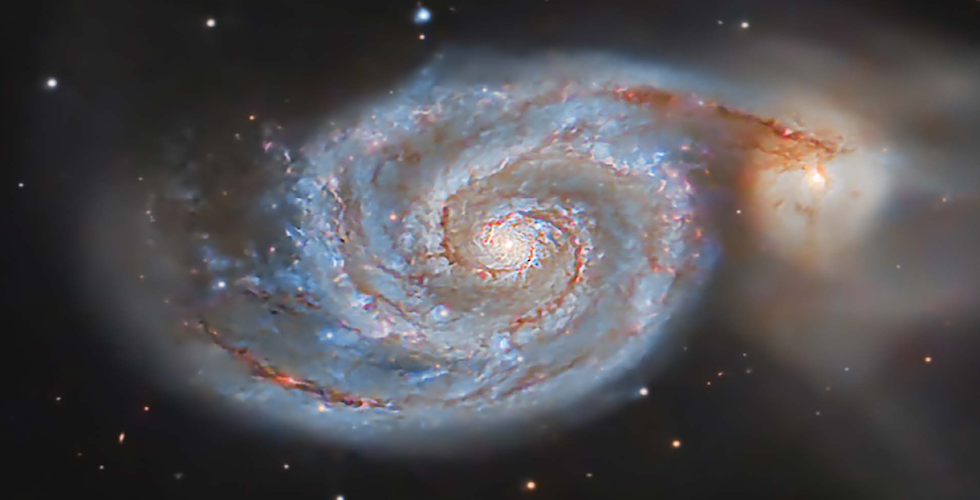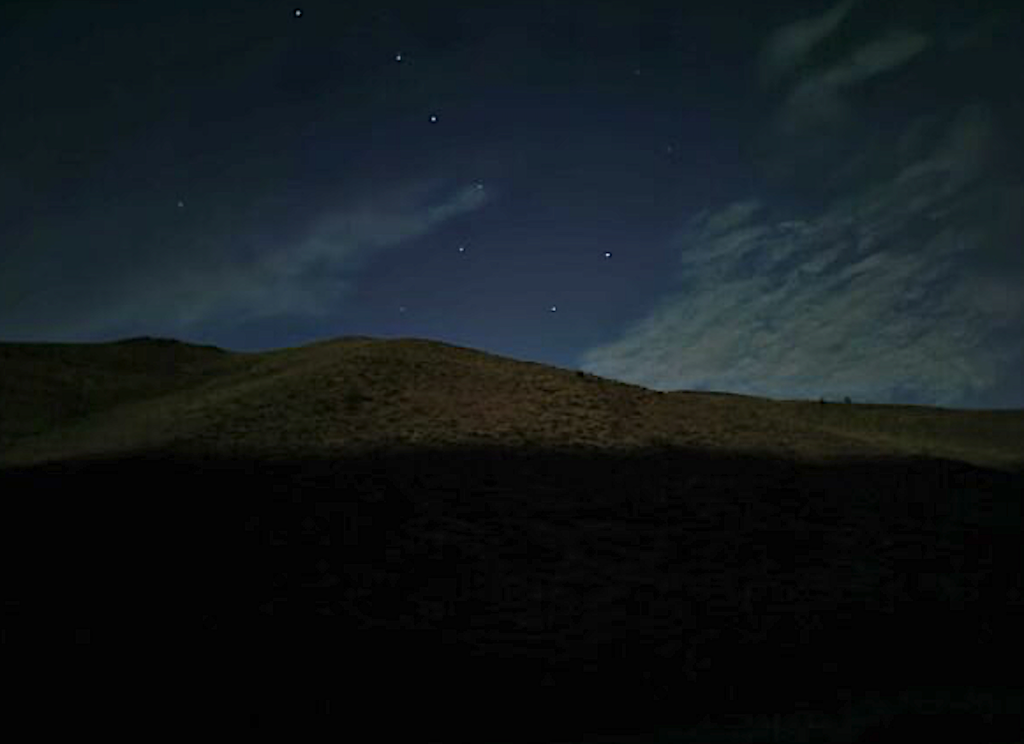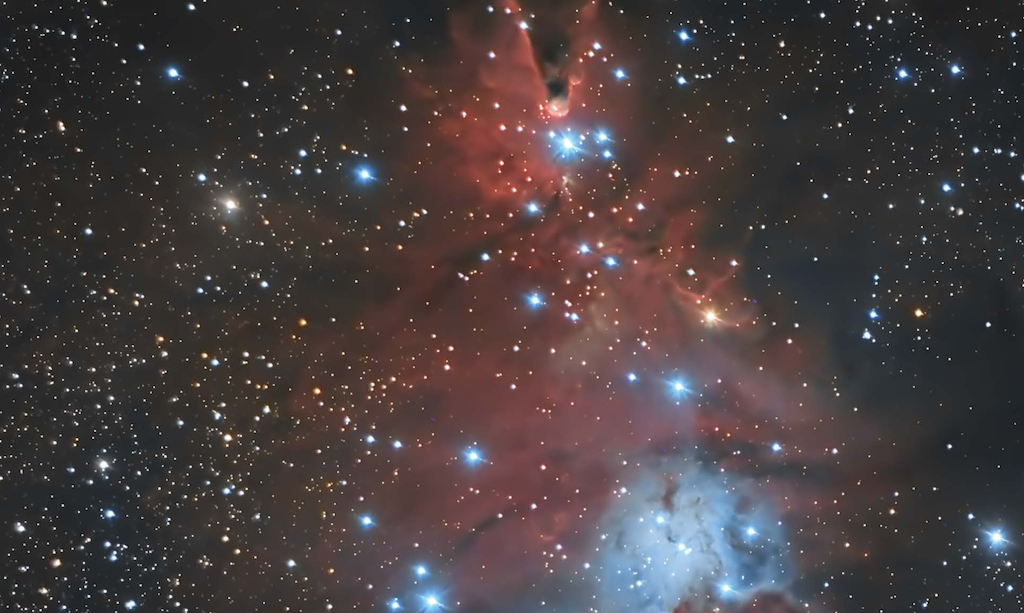
Appreciating the Night Sky: Dark Sky Places Striving for a Brighter Future
Being one with nature and sleeping under the stars are main reasons to camp, but one of the significant perks of tent camping is the privilege of viewing the night sky. Amplifying that with seeing the constellations under total capacity should be on your radar, whether you are an aspiring astronomer or a stargazing beginner. The best way to experience this wonder is by visiting Dark Sky Places, which have almost zero artificial light at night.
Light Pollution
The positive news of light pollution is that it is reversible. Fixtures that are Dark Sky Approved typically have a shield so the light shines down and not up at the sky, eliminating wasted light. Using dimmers and timers also helps cut down on light pollution, along with turning off lights at night that are not being used. Another way to help cut light pollution is to use lights with a color temperature of 3000K or lower to reduce the harmful blue cool light.

Dark Sky Places are areas that conserve natural dark spots through public education about light pollution. Light pollution is human-made altered outdoor lighting. It affects wildlife, ecosystems, human health, energy and climate change, and night sky viewing. This type of pollution can throw off the day-and-night rhythms that plants and animals use for reproduction, sleep, protection from predators, and nourishment. In humans, it can cause sleep disorders, diabetes, depression, heart disease, and cancer. It is estimated that 30% of outdoor lighting is not being used properly, which contributes 21 million tons of carbon dioxide yearly.
International Dark Sky Places
The first area recognized was Flagstaff, Arizona, back in 2001. This designation started the International Dark Sky Places Program or IDSP. Since then, more than 200 places—and over 160,000 square kilometers of protected space—in 22 countries have joined the program. The United States has around 136 of these places.
There are five different types of Dark Sky Places: International Dark Sky Parks, Sanctuaries, Reserves, Communities, and Urban Night Sky Places. Parks are publicly or privately owned conservation spots that provide Dark Sky programs and implement proper outdoor lighting. Sanctuaries are some of the most remote and darkest places in the world. Reserves are outlined areas that have policies to protect the middle spot. Urban Night Sky Places create authentic nighttime experiences within areas surrounded by artificial light, while Communities are towns with dedicated lighting ordinances that promote dark skies.
Guides to the Night Sky

Whether or not you can make it to one of these areas, we have a new book coming out that will suit your needs. With or without equipment, under a dark sky or with some light pollution, this guidebook will help you identify constellations in your area each month. Stars: Month by Month by Mike Lynch, a former WCCO radio meteorologist, comes out on April 16th. Pre-order your copy now!

We also have a fun kids guide to stargazing, a simplified version that’s similar to the Stars book. Stargazing for Kids by Jonathan Poppele is aimed at early-to-middle-grade readers and has an entertaining overview of the stars and the solar system.
If you have even younger children, there is a wonderful picture book that introduces them to nine constellations in a story: Up Where the Stars Are, written by Ryan Jacobson and illustrated by Michelle Hazelwood Hyde. A portion of the proceeds from the purchase of this book goes to the Angelman Syndrome Foundation.
If you enjoyed our post, sign up for our newsletter here! #bewellbeoutdoors



Pingback: Exploring Star Parties: A Guide to Stargazing Events